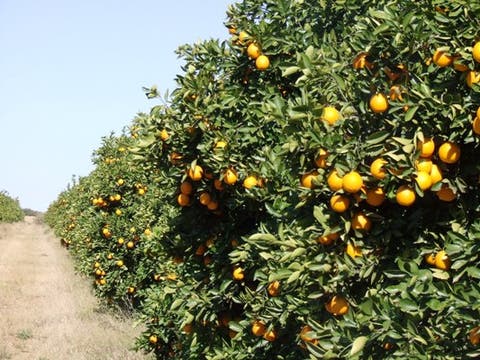US2.5 million citrus project for Zimbabwe
A US$2.5 million project targeting the fruit industry value chain and bankrolled by the China and Zimbabwe Agricultural Company, is set to further transform the country into a major player in the agriculture sector.
The million-dollar investment, was made through China Industrial International Group, the parent company of the China and Zimbabwe Agricultural Company.
China Industrial International Group, chief executive, Nie Haiyang, said the seed breeding base in Mazoe, about 38 kilometers from Zimbabwe’s capital, Harare, will start off with citrus production.
“The seed breeding base in Mazoe is targeting an estimated one million seedlings per year,” said Nie.
He said in the next five years, five million trees will have been distributed from the breeding base in Mazoe, with a minimum of 3 000 hactares earmarked under the project.
“So far we have constructed 12 000 square meters of isolation greenhouses with plans on course to invest in testing equipment and apply for a licence to train agricultural experts,” added Nie.
Under the project, apples, grapes, bananas, peaches and pears, will be grown by local farmers under contract farming in addition to citrus production.
The programme, is expected to see Zimbabwe generate foreign currency as the local farmers produce will be exported to China.
“To guarantee viability of the project, farmers interested will have their soil tested, facilities looked at and sign contracts among other requirements,” said Nie.
The project is also expected to cascade into the southern African region as China looks further afield to invest in African agriculture as a way to provide food for the Asian nation.
To highlight China Industrial International Groups commitment to growing the agricultural sector, the firm has in the past three years funded and led three delegations of officials from Zimbabwe’s Ministry of Agriculture to China to investigate the market and understand the cultivation and planting bases of different fruit seeds.
Citrus production in the Mazoe valley can be traced back to around 1914 with the establishment of the first commercial citrus estate.
In China, regions such as Guangxi and Sichuan have in the past few years been increasing areas under citrus production with demand driven by the need for counter seasonal fruits. Chinese middle class consumers are also on the lookout for premium high quality fruits, making the citrus sector highly lucrative.-ebusinessweekly.co.zw










